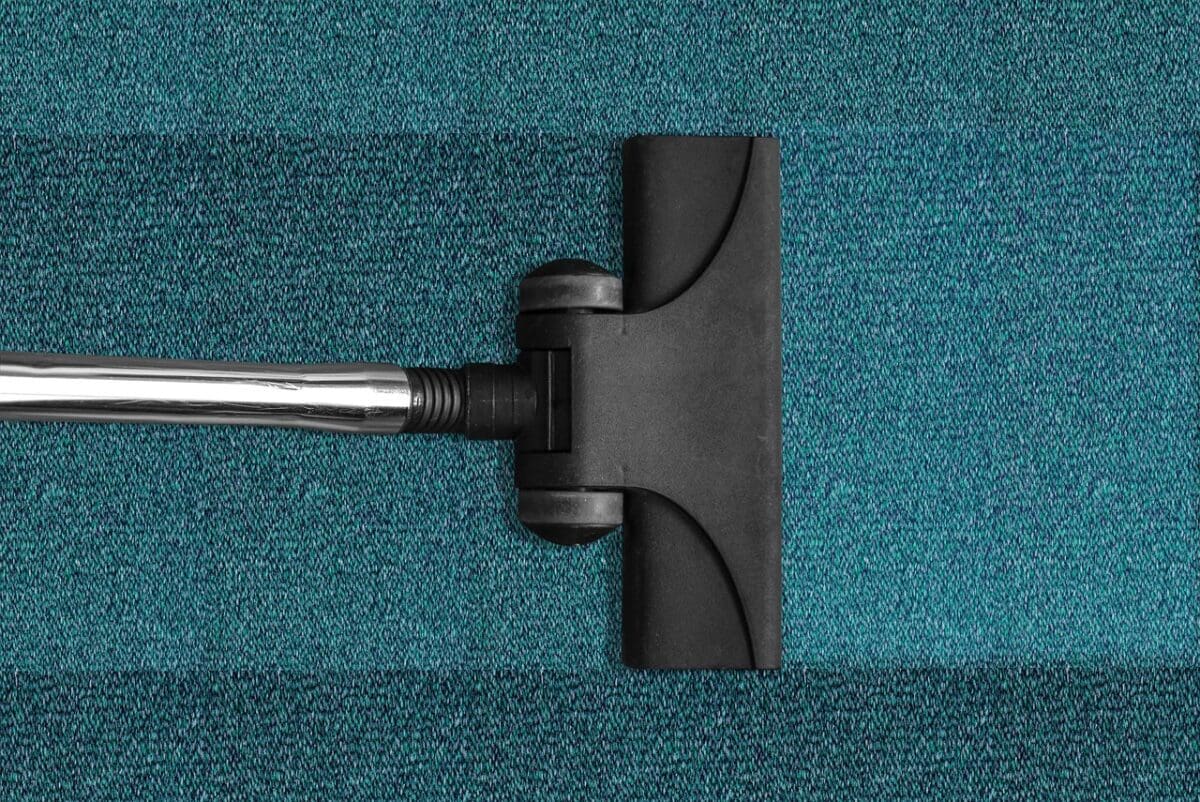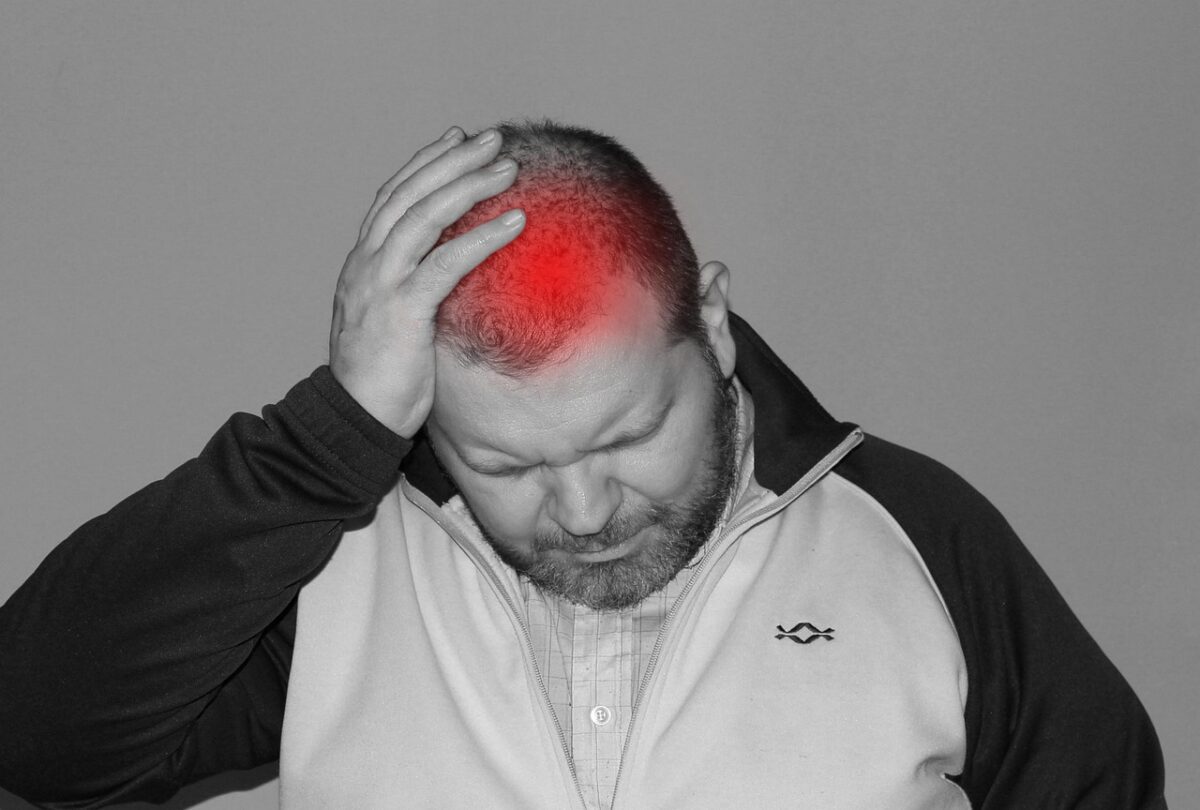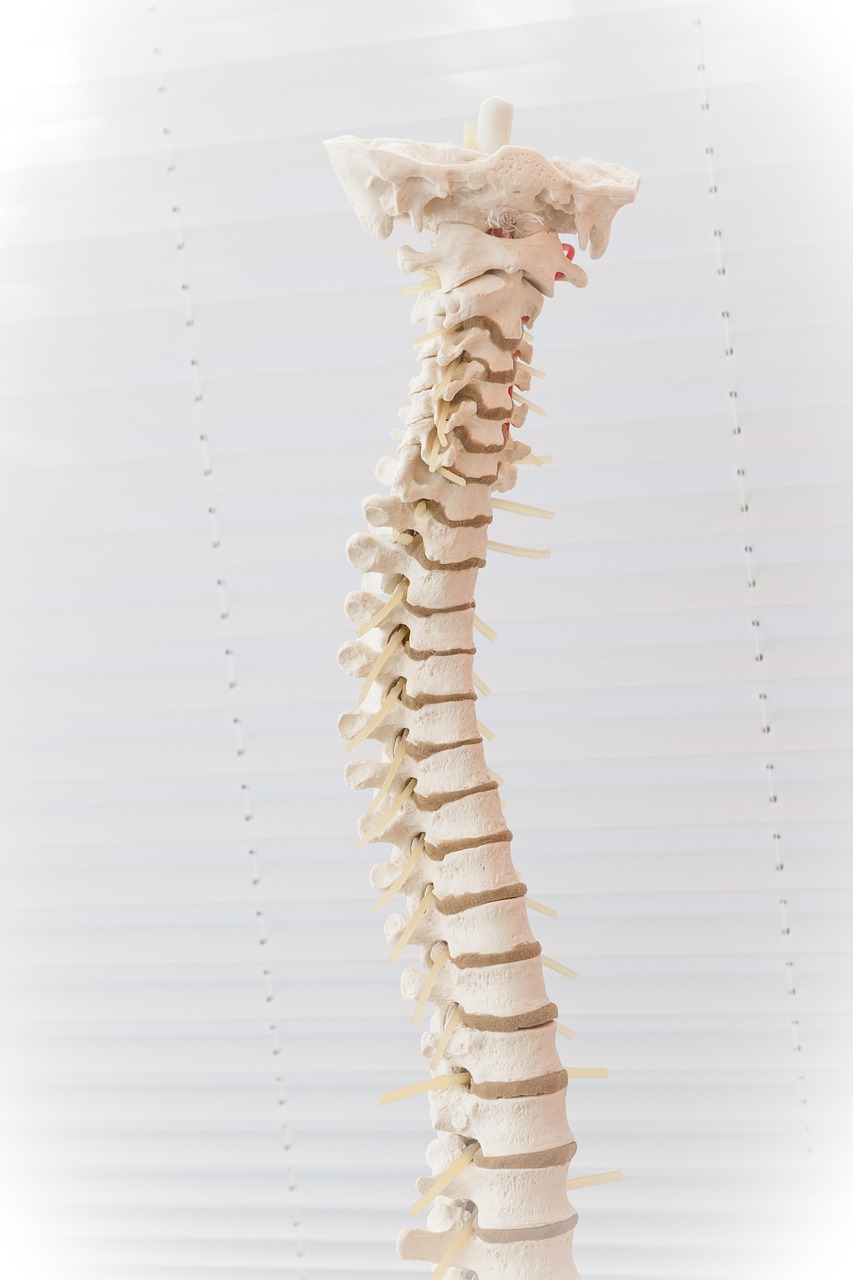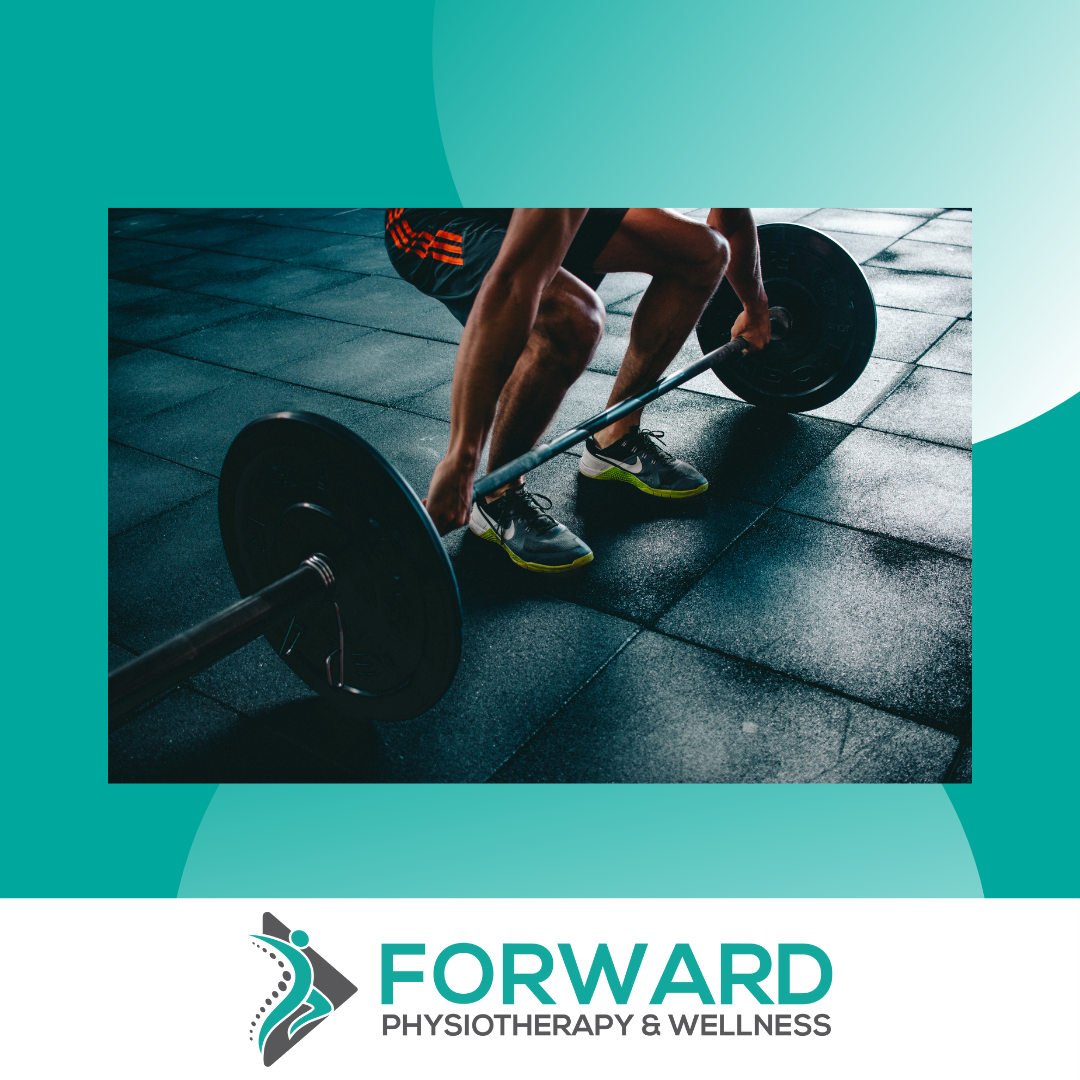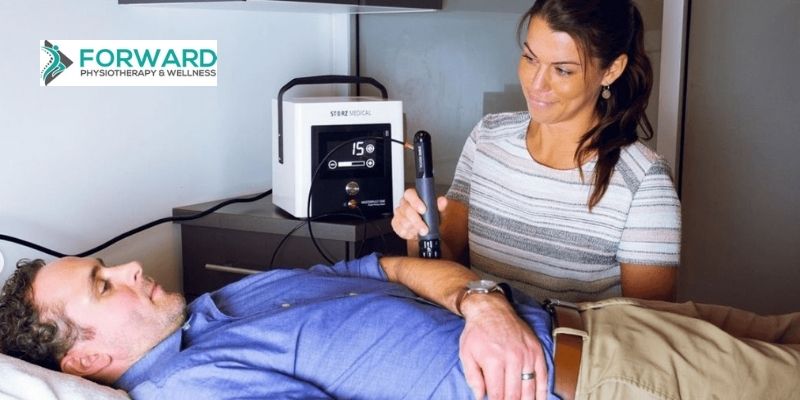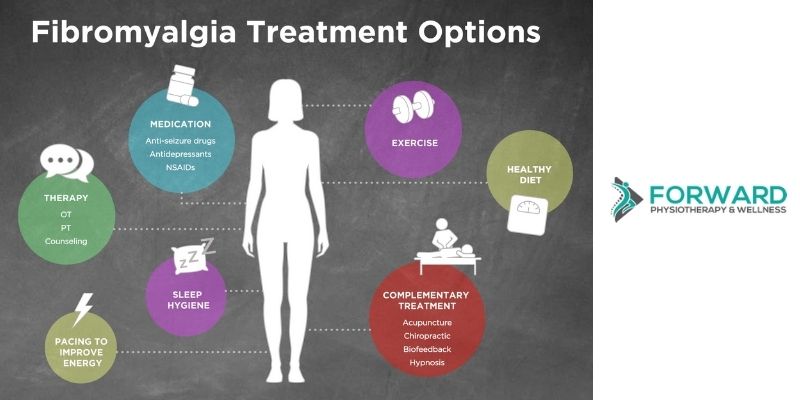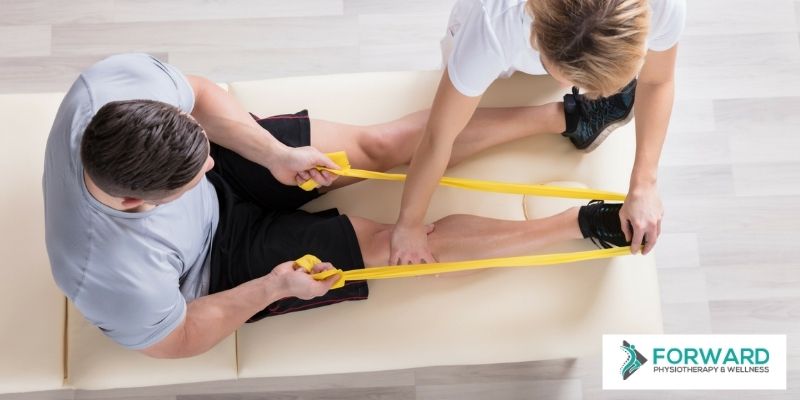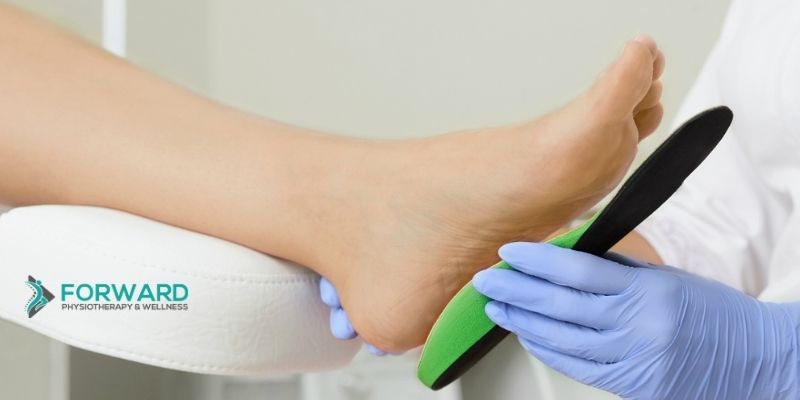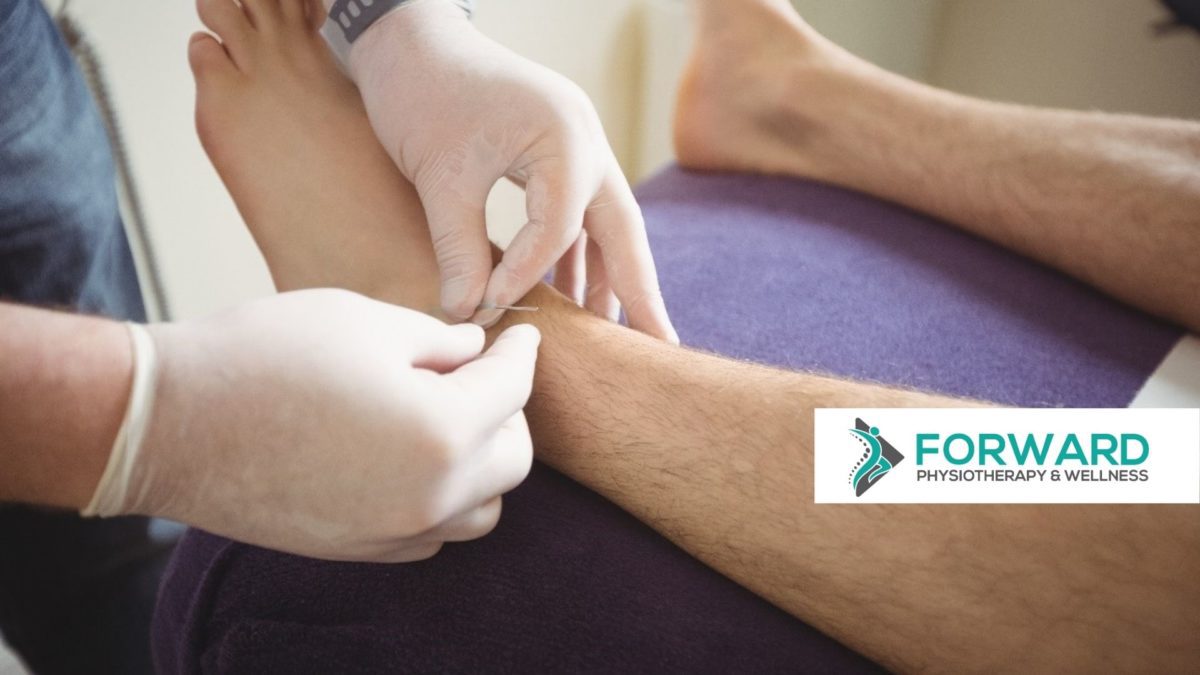
Importance of Treating Whiplash With Physiotherapy
Posted By: Forward Wellness
Physical therapy is an effective treatment option for whiplash, especially when combined with other treatments, such as exercise, needling, and multidisciplinary care (chiropractic, massage, acupuncture). A physical therapist can work with you to restore proper function and movement of the affected tissues. To understand the treatment process and techniques, first, we will discuss what whiplash is and what its symptoms are.
What Is Whiplash?
Whiplash is a term for a neck injury that is caused by a sudden movement of the head forwards, backward or sideways (sudden acceleration-deceleration motion) . Whiplash can occur as a result of a car accident, a fall, trampolining, rugby or similar contact sport, or being struck by an object in the head. The sudden forces involved cause minor or micro trauma in the soft tissues of the neck including ligaments, tendons, muscles, discs, and joints.
The symptoms of whiplash may take hours or days to appear (up to 10 days in some cases). With time, the discomfort of whiplash can increase, making it difficult to carry out daily tasks. Whiplash injuries may resolve on their own in some cases, but the best care involves seeking early treatment to shorten symptom length and prevent long-term discomfort.
What Are The Symptoms Of Whiplash?
Some of the common symptoms of whiplash are.
- Neck pain or tenderness
- Stiffness, difficulty moving your head, or decreased range of motion
- Headaches
- Dizziness
- Muscle Spasm
- Pain in shoulders or arms
- Jaw pain
- Numbness or tingling
In addition, there may be other symptoms, including fatigue and irritability.
What Are The Physiotherapy Treatments For Whiplash?
Education: Your physiotherapist will provide an explanation of the tissues involved in whiplash, educate you about your rehabilitation plan, provide posture and sleep advice, encourage ways to resume your regular activities, and provide reassurance that the prognosis of whiplash is good. You will be given strategies you can use at home to continue managing your symptoms.
Exercise: With active physiotherapy, your physiotherapist might help improve your injury with stretching, gentle shoulder and neck exercises, and corrective posture exercises. These exercises are designed to promote healing of the neck and back tissue, encourage blood circulation, and reduce muscle spasms.
Manual Therapy: Your physiotherapist will use their hands to stretch your tight muscles and promote movement at the stiff areas (this is called mobilization). There is strong evidence that mobilization combined with exercise provides the best outcomes for whiplash symptoms.
Deep Tissue Massage: The therapist uses direct pressure or friction to try to release the tension in your soft tissues (ligaments, tendons, muscles). These massage techniques may also involve using a variety of tools including cupping, Graston, and gua sha.
Hot and Cold Therapies: Physiotherapists make use of hot and cold packs to relieve pain and tension in the affected muscles. With the help of heat generated from the hot pack, the physical therapist seeks to get more blood to the target area because increased blood flow brings more oxygen and healing nutrients to that area. Moreover, blood is also needed to remove waste byproducts created by injured muscle. Cold packs on the affected muscles can slow blood circulation which in turn reduces the inflammation, swelling, muscle spasm, and pain. In general, it is recommended to use ice during the first 24-48 hours of the injury to control inflammation.
Ultrasound and IFC: Physiotherapists may use different machines called modalities as an addition to your treatment. When used alone, these modalities are not proven to heal the tissues, but can be helpful to reduce symptoms as you complete your treatment plan. Ultrasound therapy helps in reducing muscle tension and pain by simply increasing the flow of blood in the affected area. During the therapy, the ultrasound sound waves are sent deep into your muscle tissues, creating a gentle heat that enhances circulation and healing. IFC is an electrical modality that uses low level electrical impulses to temporarily “block” the pain signals from the affected area.
Other: Your physiotherapist may recommend home exercise equipment or posture support items to facilitate home management. Please note, cervical collars or neck braces are not recommended by current research standards as these can cause weakness of the neck muscles which will increase pain and lead to longer lasting symptoms.
Summary
Whiplash can feel very worrying because the discomfort and effect on your function can be significant. It can leave you in a lot of pain and unable to complete simple tasks, such as reaching for a cup, driving or moving around normally.
It is important to remember that the majority of whiplash injuries recover completely and that you will make a full recovery with the right management and treatment from our professional team.



